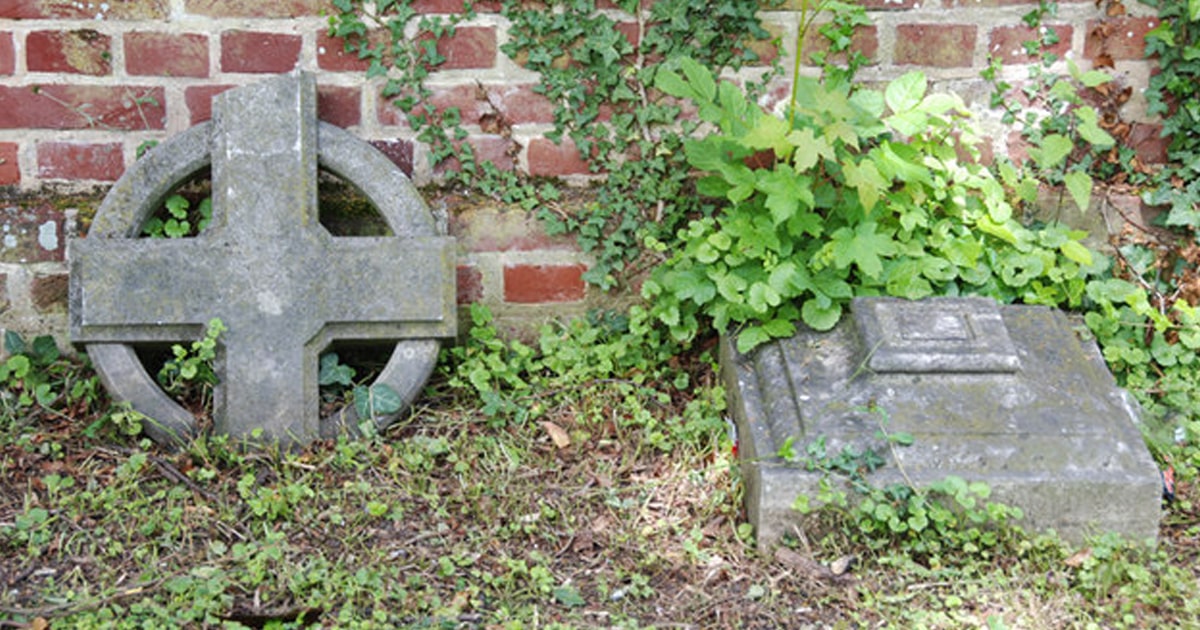Question by J G (Wales), April 2012. I wonder if you could help me. I am part of a small group just starting out, perhaps a little too late. Could you direct me as to where I might find information on graveyard law regarding moving headstones? The church is a listed building set within the grounds of a closed down Victorian mental hospital which has been sold on to a developer. The developer has demolished the lynch gate and cleared away the headstones in the garden. Could you advise on who I might contact? Many thanks.
Reply from John Avery, Secretary Funerary Monuments Group NFCF
The curtilage of a Listed Building is protected on a parity with the building itself. The term curtilage is seldom defined as an area but if the adjacent buildings/ structures reflect the ambiance and style of the main building, they should enjoy similar protection. In a Consistory Court ruling on West Norwood Cemetery which has never been challenged the ruling was the whole cemetery was protected by the Listing not just an individual grave or building.
The group should urgently approach the Conservation Officer of the local authority [and possibly a CC to CADW the equivalent of EH] and state that the lychgate needs a Listed Building Consent order to be demolished and ask if any permission has been granted. Secondly the group should approach the Planning Panel of the local authority to ask for a list of conditions imposed on the developer (CC Planning Enforcement Officer of the local council).
If the church was formally classed as a "disused church" by the church governing body, the authority would normally set a list of conditions on existing graves and memorials. A church in a mental hospital would have been "dedicated" by the Bishop, a stage below "consecrated" which would allow baptisms etc of non conformist attendees from within the patients/staff communities. Even so part of the burial ground may have originally have been consecrated. When the church was classed as disused, clear instructions should have been laid down by a panel normally referred to as the Redundant Churches Directive but terms and actual methodology may vary in Wales from practices in England.
